Streamline Your Finances: GoSenang’s Cloud-Based Tax Accounting Empowers Businesses In Malaysia
Have you ever wondered how cloud-based solutions could simplify your tax accounting and keep your business organized and stress-free? In today’s fast-paced world, businesses like yours are increasingly turning to technology to streamline finances and enhance operational efficiency. GoSenang’s cloud-based tax accounting system stands out as a leading option for Malaysian businesses eager to embrace this change.
What is GoSenang?
GoSenang is a user-friendly cloud-based tax accounting platform designed specifically with the unique challenges of businesses in Malaysia in mind. Imagine having all your financial data accessible from anywhere, allowing you to focus on what really matters—growing your business. GoSenang streamlines the entire accounting process, making it easier for you to manage your taxes efficiently.
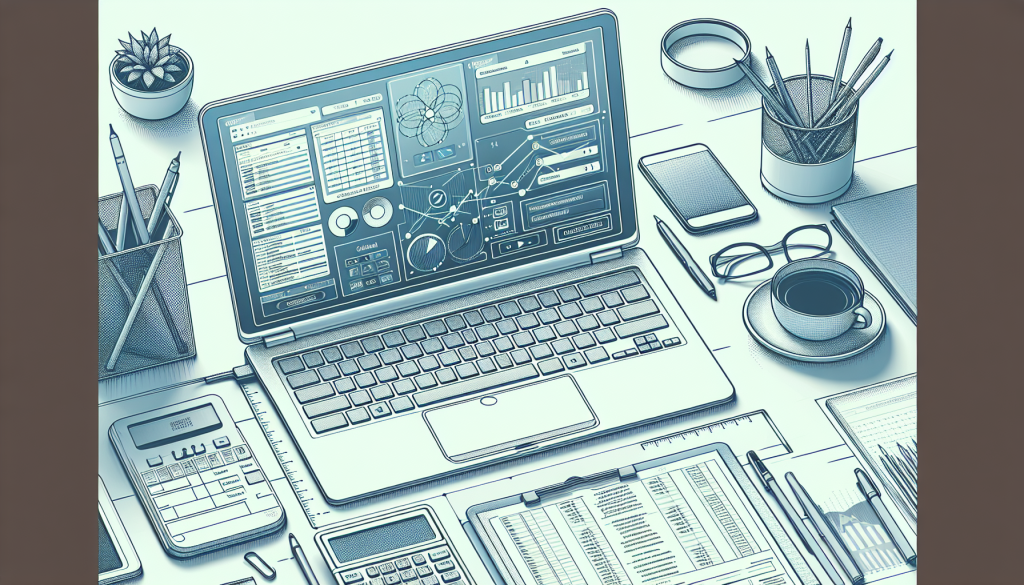
Why Choose Cloud-Based Tax Accounting?
You might be wondering why a cloud-based solution is better than traditional methods. For starters, cloud systems offer unmatched flexibility. You can access your financial information anytime and anywhere, whether you’re in your office, on the road, or even at home.
Accessibility
The accessibility of cloud-based platforms transforms how you manage your business finances. No more waiting until you’re back at your desk to check important numbers or make decisions based on outdated information. Instead, you can log on to your GoSenang account with a click, empowering you to make timely and informed decisions.
Real-time Updates
One of the best features of GoSenang is its real-time data updates. This ensures that your financial records are always accurate and current. If you enter a receipt or record a transaction, it’s updated immediately across all devices.
Key Features of GoSenang
If you’re considering adopting GoSenang for your business, let’s look at some of its standout features.
User-friendly Interface
GoSenang offers an intuitive interface, making it easy even for those who might not be tech-savvy. You can quickly find what you need, from generating financial statements to checking tax obligations.
Comprehensive Tax Management
Managing taxes can often feel overwhelming, but GoSenang simplifies this process. The platform is designed to keep track of Malaysia’s tax regulations, ensuring your business remains compliant without the extra hassle.
Invoicing Made Simple
Generating invoices in GoSenang is as easy as a few clicks. You can customize invoices to reflect your brand and automate follow-ups for unpaid bills, helping you stay on top of cash flow.

How GoSenang Empowers Your Business
Every feature in GoSenang is designed to empower you as a business owner. Let’s break down how this platform can change your operations for the better.
Increased Efficiency
You know the feeling when you’re drowning in paperwork. GoSenang takes this weight off your shoulders by digitizing your financial records. You can collect, store, and manage all your financial information in one easily accessible place—no more bricks of paper cluttering your desk.
Improved Accuracy
Manual entry errors and miscalculations can lead to significant financial headaches, especially during tax season. GoSenang reduces these risks by automating calculations, allowing for more accurate financial reporting.
Enhanced Financial Insights
Wouldn’t it be great if you could have actionable insights right at your fingertips? With GoSenang’s comprehensive financial dashboards, you can view essential data at a glance. This means you’ll be better equipped to make strategic decisions while minimizing risk.
The Benefits of Streamlined Finances
By choosing GoSenang, you’re not just upgrading your tax accounting system. You’re embracing a more streamlined approach to managing your overall finances. Here’s how:
Cost-Effectiveness
In today’s economy, keeping costs manageable is vital. GoSenang offers various pricing plans, allowing you to choose a package that best fits your budget. Additionally, the time you save translates to money saved, enhancing your overall profitability.
Collaboration Made Easy
If you’re part of a team, you know the importance of seamless collaboration. GoSenang allows multiple users to access the system with varying permission levels, promoting teamwork while keeping sensitive information secure.
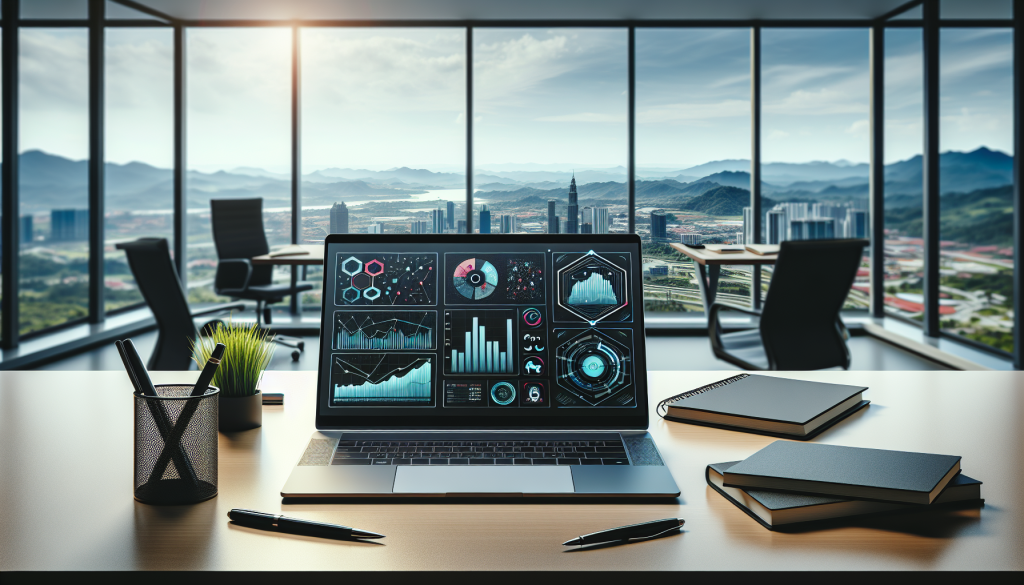
How to Get Started with GoSenang
Starting your journey with GoSenang is a straightforward process. Whether you’re a seasoned business owner or just starting, you can navigate the initial steps with ease.
Step 1: Sign Up
Visit the GoSenang website and select a plan that suits your business’s needs. You’ll fill out a simple application form to create an account. Easy, right?
Step 2: Set Up Your Profile
Once registered, you’ll be prompted to set up your business profile. This includes entering important details like your business name, registration number, and contact information. This step helps tailor the platform to your specific needs.
Step 3: Import Existing Data
Good news: you won’t have to start from scratch. GoSenang allows you to easily import existing financial data, so you can hit the ground running without losing any valuable records.
Step 4: Familiarize Yourself with the Features
Take some time to explore GoSenang’s features. The platform typically includes helpful tutorials and guides, ensuring you understand how to use all functionalities effectively.
Best Practices for Using GoSenang
As with any tool, there are best practices that can help you maximize GoSenang’s offerings.
Regular Updates and Maintenance
Make it a habit to update your financial records regularly. This ensures that your important data is always at your fingertips. When you maintain consistent records, you’ll also impress your accountant when tax season rolls around.
Use Reports for Insight
GoSenang provides various reporting tools that can help you analyze your financial performance. Use these reports to assess your business’s health, forecast future growth, and identify areas for improvement.
Engage with Support When Needed
Even though GoSenang is user-friendly, questions might arise along the way. Don’t hesitate to reach out to their customer support when you need assistance. They can help guide you through the more intricate functionalities of the platform.

Real-World Success Stories
Understanding the impact of GoSenang can be enhanced by hearing from businesses like yours that have benefited from using the platform. Here are a couple of success stories.
Case Study 1: XYZ Malaysian Enterprises
XYZ Malaysian Enterprises struggled with time-consuming manual accounting processes, leading to errors and missed deadlines. After adopting GoSenang, they saw a considerable reduction in administrative hours, allowing their team to focus on growth strategies. Their cash flow improved due to efficient invoicing, and they were able to retain more customers through timely follow-ups.
Case Study 2: Alpha Tech Solutions
When Alpha Tech Solutions switched to GoSenang, they were impressed by the level of customer support they received. The onboarding process was seamless, allowing them to start using the platform effectively within a week. They reported better compliance with tax deadlines and appreciated the real-time financial insights that enabled them to make informed decisions.
Overcoming Common Challenges with Tax Accounting
It’s natural to encounter challenges as you adopt a new system. Here’s how to address common issues when using GoSenang.
Data Migration Concerns
Transitioning to a new platform can raise concerns about data integrity. Be sure to back up your existing records before importing data into GoSenang. Take your time during the import process to ensure everything has transferred correctly.
Learning Curve
Even though GoSenang is intuitive, you might face a learning curve. Be proactive by seeking out resources, like tutorials or webinars, to help you get up to speed.

The Future of Accounting in Malaysia
As technology continues to evolve, the future of accounting is becoming increasingly digital. The shift towards cloud-based solutions represents just one of the many trends shaping the future landscape of finance and taxation in Malaysia.
AI and Automation
Artificial Intelligence (AI) and automation are gaining traction in the accounting world. In the coming years, expect GoSenang and other platforms to incorporate more AI-driven features, making your processes even easier.
Enhanced Regulatory Compliance
As regulations continue to change, businesses will need tools that adapt to these changes. GoSenang’s commitment to compliance ensures you’re never left behind when it comes to tax obligations.
Final Thoughts
Choosing a modern approach to tax accounting is not just about convenience; it’s an investment in your business’s future. With GoSenang’s cloud-based tax accounting system, you equip yourself with a powerful tool that empowers you to take control of your finances.
Imagine a world where tax season is no longer a source of dread but a manageable part of your business operations. By adopting GoSenang, you are setting your business up for success, allowing you to harness the power of technology to simplify your financial processes.
Are you ready to step into the future of tax accounting? Embrace the journey with GoSenang and watch your business thrive.
For more info, please visit https://gosenang.com/accounting-tax/…
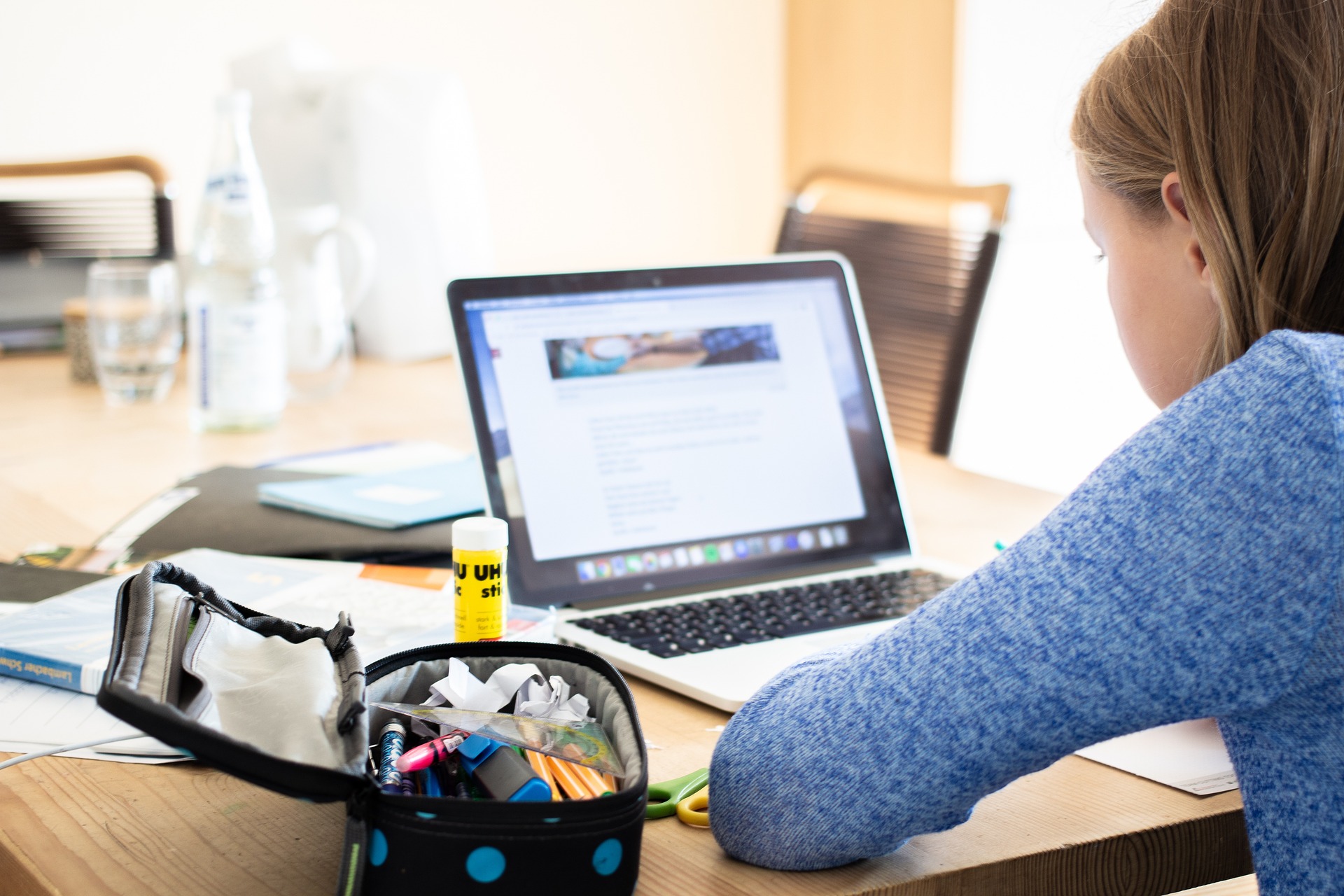
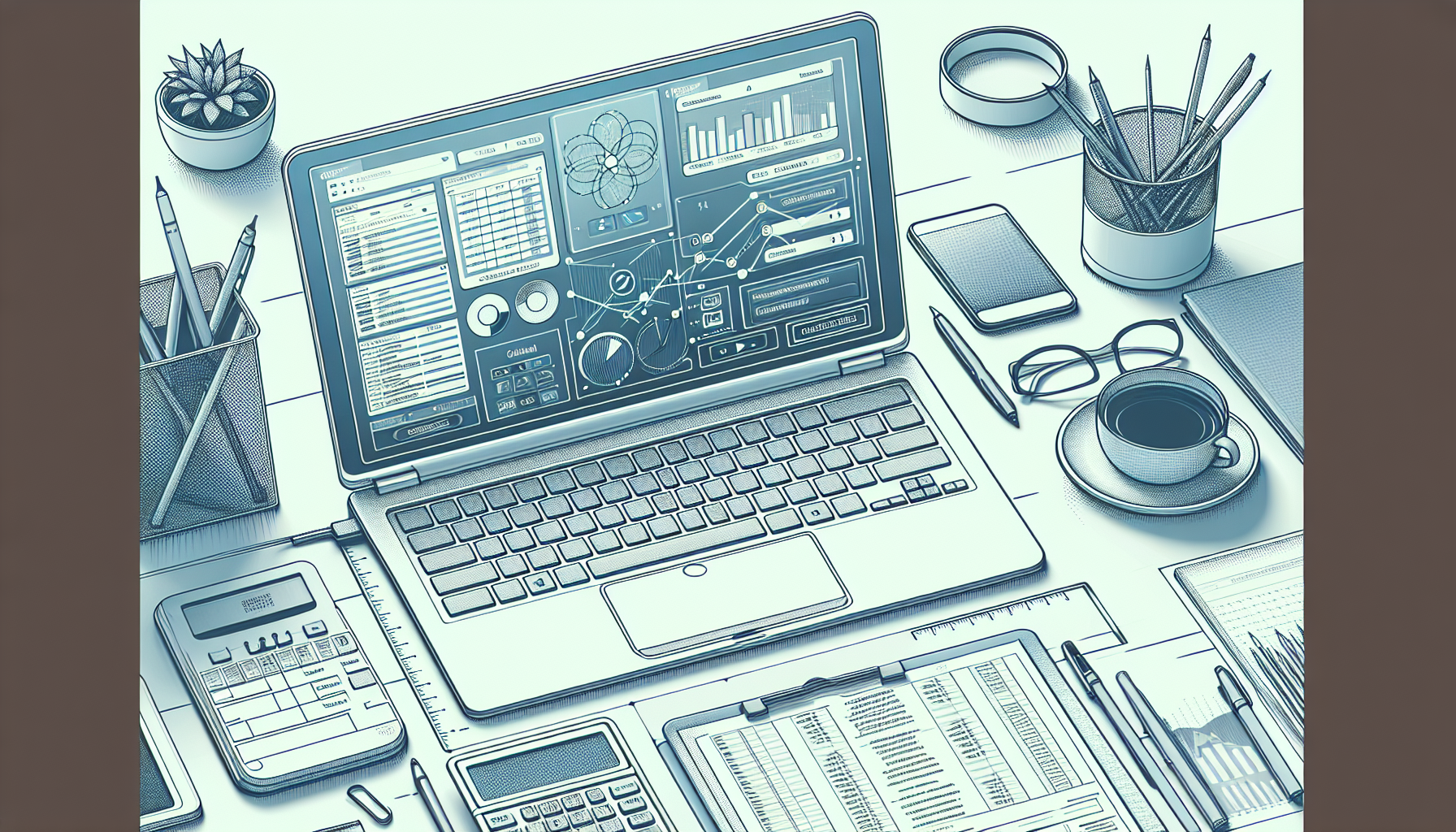
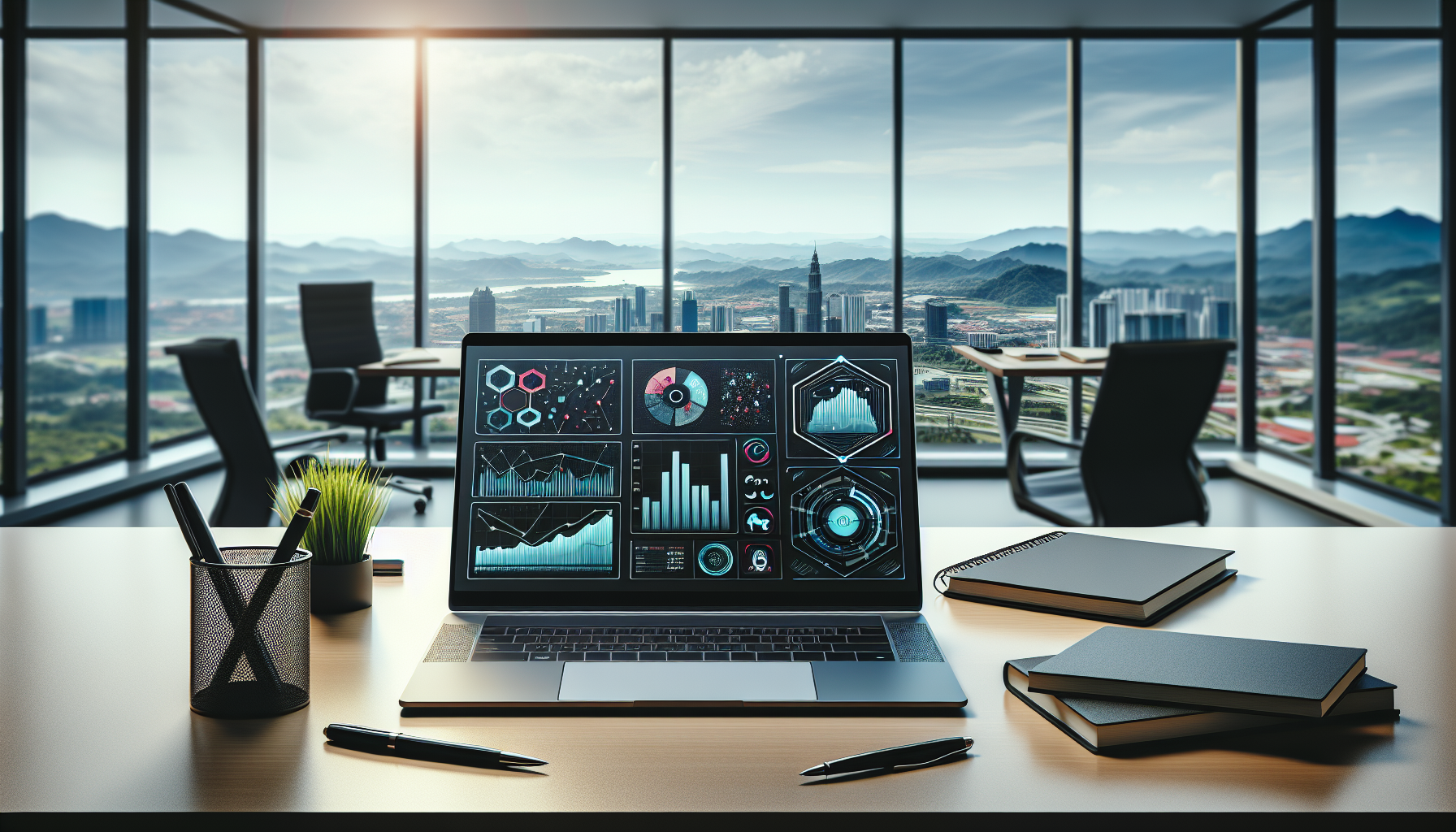
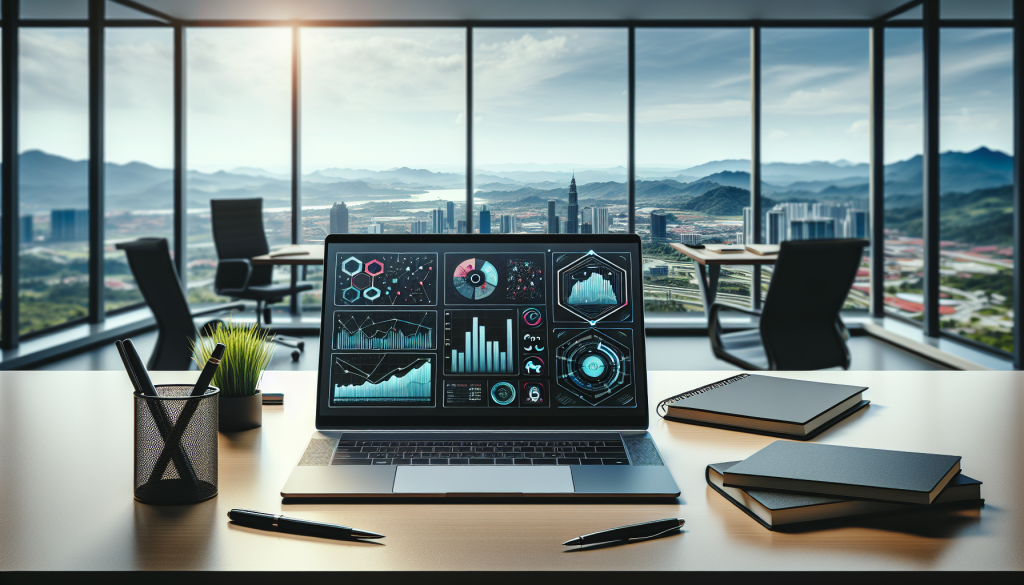
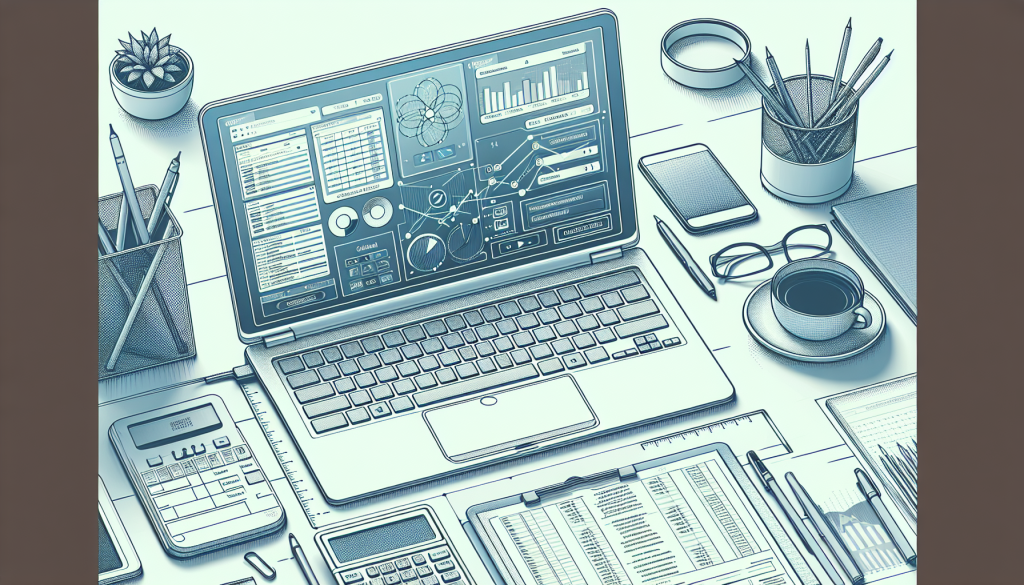

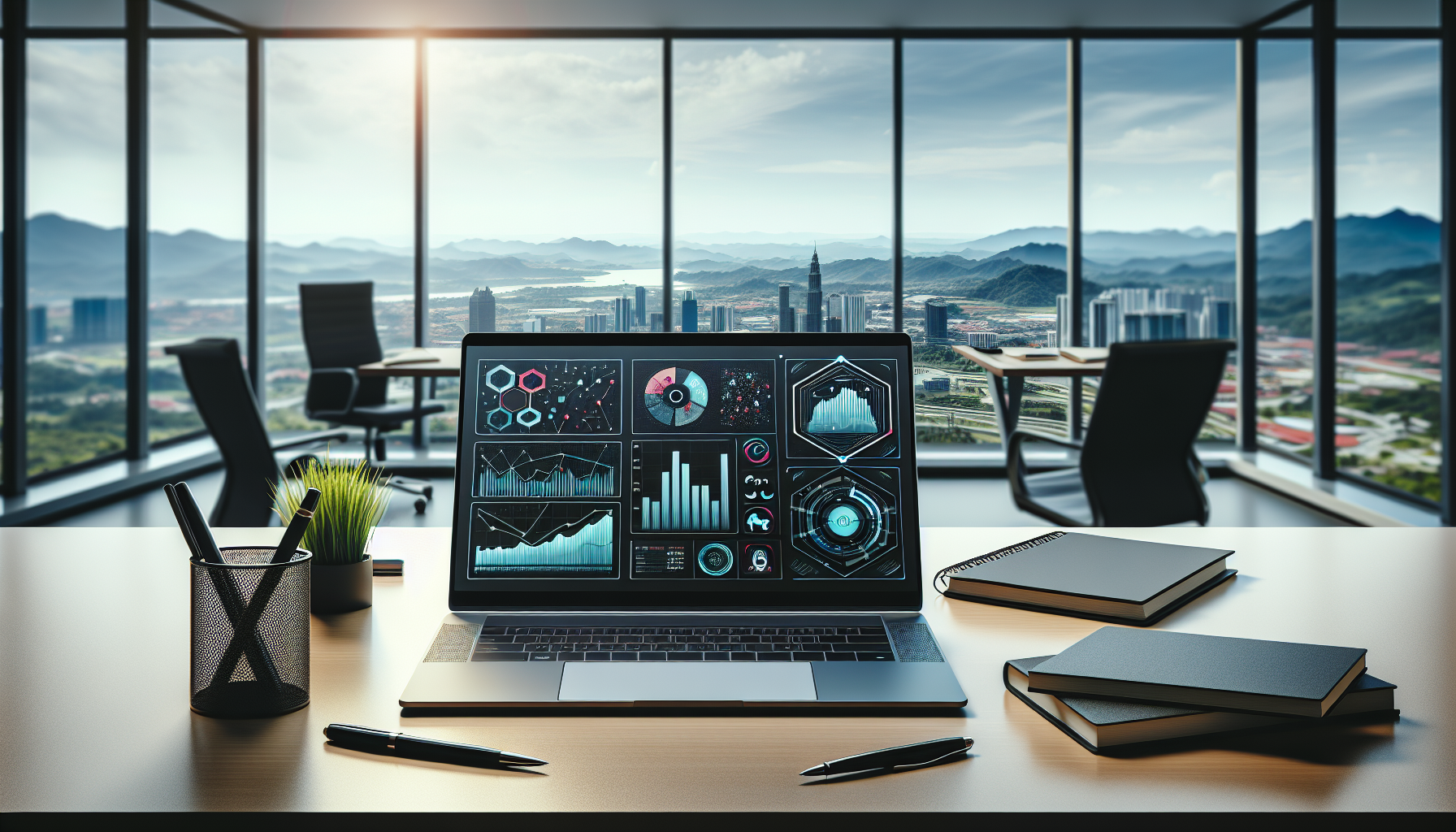
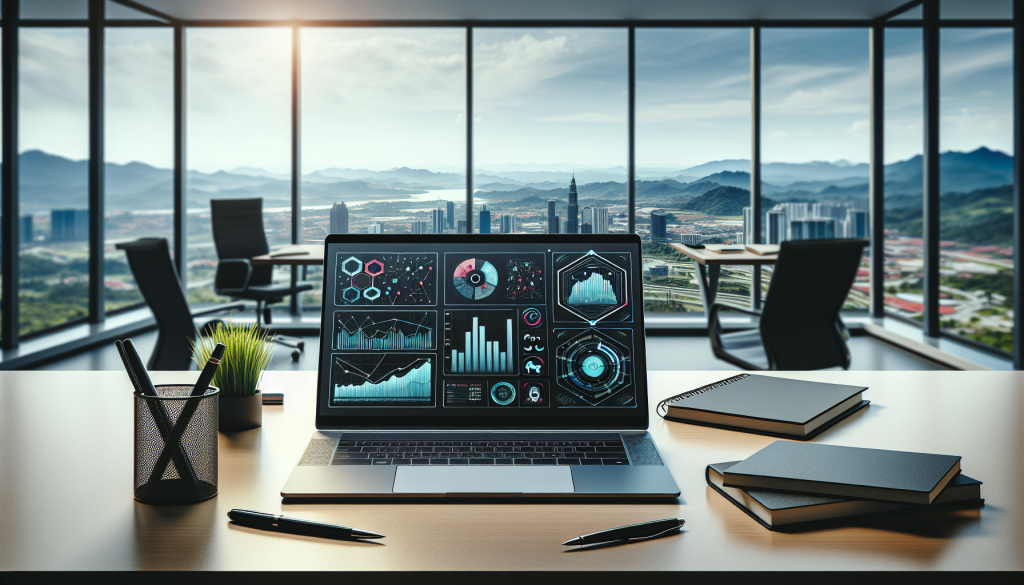






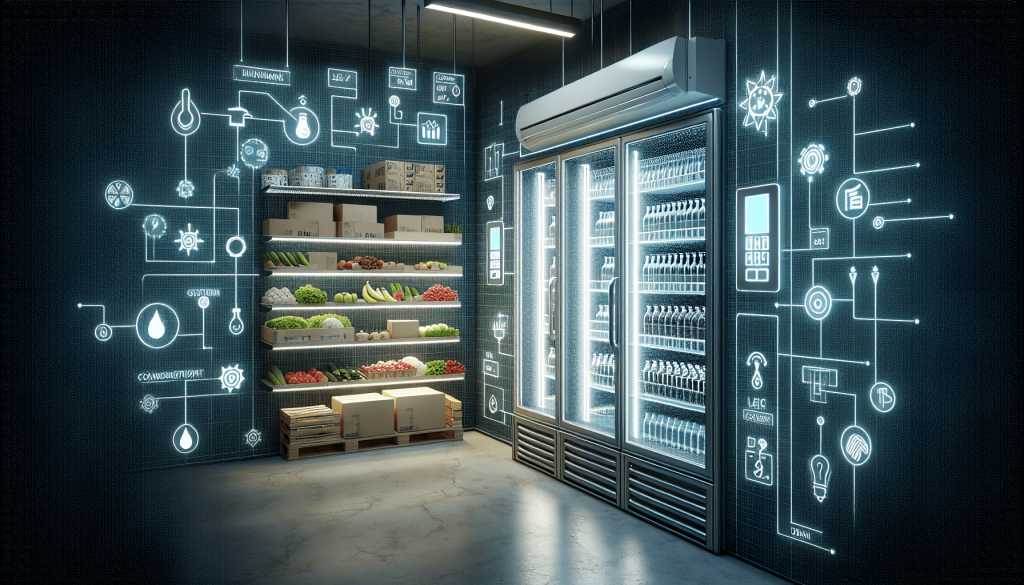

 Better Metal Engagement Rings are available in various metals, each with its own characteristics. Sale alternatives are platinum, white gold, yellow gold and rose gold. Platinum is platinum, and pure white gold has its hardness and intrinsic qualities; purity and minimalism are all characteristics and properties of pure white gold. Yellow gold is traditional, and rose gold is subjectively very pretty, soft, and romantic.
Better Metal Engagement Rings are available in various metals, each with its own characteristics. Sale alternatives are platinum, white gold, yellow gold and rose gold. Platinum is platinum, and pure white gold has its hardness and intrinsic qualities; purity and minimalism are all characteristics and properties of pure white gold. Yellow gold is traditional, and rose gold is subjectively very pretty, soft, and romantic.
 Ease of use: Both for you and your attendees
Ease of use: Both for you and your attendees